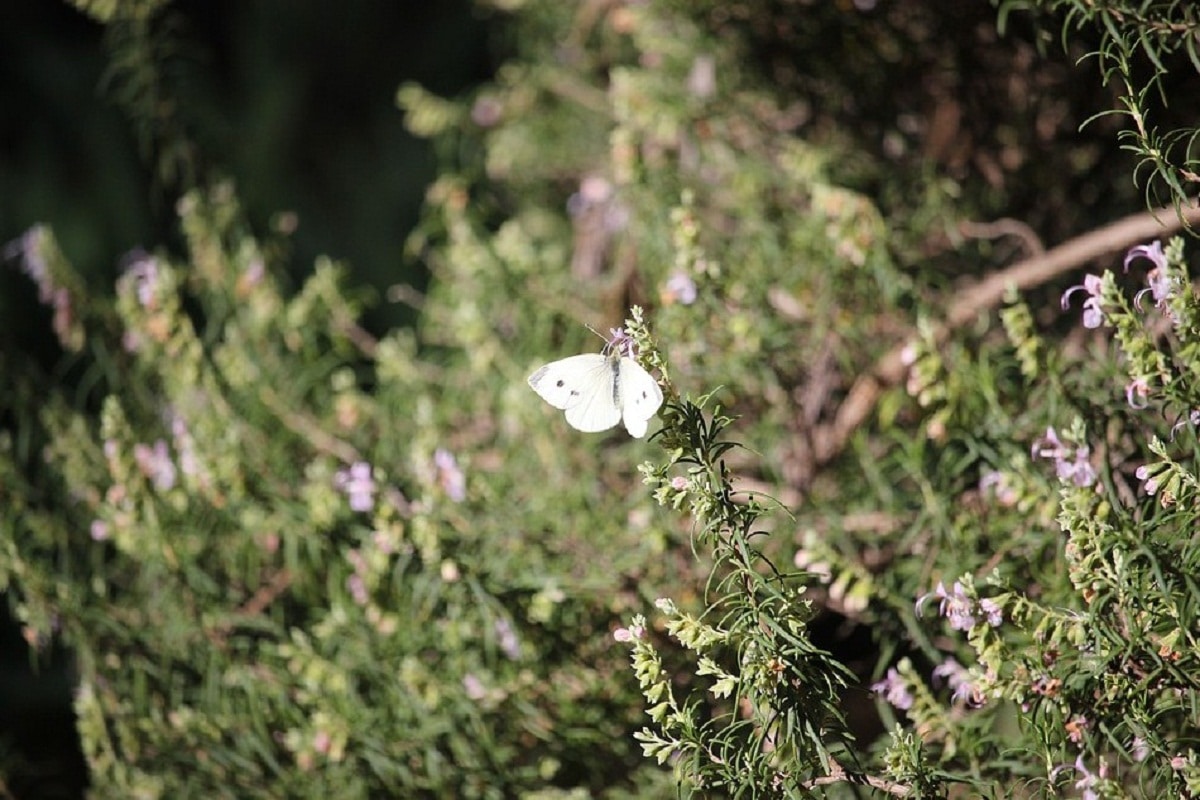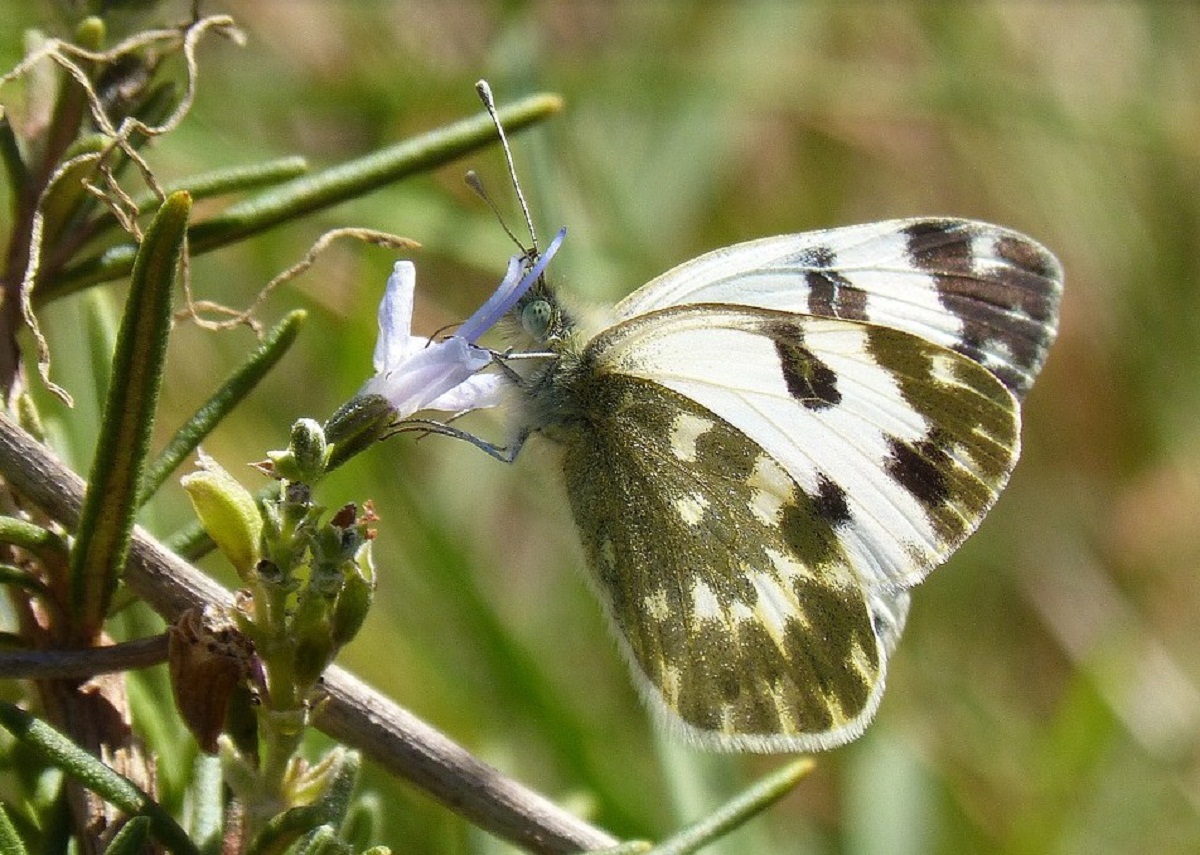
La Rosmarinus tomentosus, also called "White rosemary”Is a plant that is part of a very particular ecosystem, needing rocks and salinity for its further development. If you want to know its characteristics, its shape and in what type of habitats it develops, then we will give you all the details you have to know about this plant.
Do you want to know a species of plant that is endemic in the coastal areas of Malaga and Granada and that is environmentally protected by urbanization? This plant is of the shrub type, although on some occasions it can be seen as a creeping plant and it can reach a height of between 30 and 50 centimeters high approximately.
Description of the Rosmarinus Tomentosus

In general you will see them in their green color, although many of them show whitish details, which make it look like a woolly plant. This has to do with the fact that its great density of leaves shows fine white hairs, and it is from that tomentum that its name of tomentosus comes.
Its leaves they can measure up to two centimeters approximately and they occur in large populations on silver, almost stacked. Its inflorescences are presented in the form of clusters.
The flowers have very particular shades, which stand out for a bluish to purplish color on their lower lip, presenting a light brown color on their upper part. It presents stamens that are prominent to the flower in the form of an arch.
Habitat
The conditions of the environment in which this plant grows are not common, that is why they are not usually seen in gardens, but rather in places where the rock is predominant, such as sea cliffs. That is why it is a plant with a rupicolous environment, which feeds on environmental salinity and the wind that spreads it.
All that atmosphere gives amount of magnesium you need for survival, living even vertically on these cliffs with other species with the same environmental characteristics.
As we mentioned before, this plant is endemic in certain areas, especially in the provinces of Granada and Malaga. In the latter one can see two well-marked populations separated from each other, also presenting some discontinuities in the nucleus of these populations.
In the interior of Malaga it can also be found in two specific locations, but then it does not appear in any other location.
How the Rosmarinus Tomentosus lives
This is one plant that can be called shrub and has an average life span of approximately 50 years. The leaves that we see can have a duration on the plant that varies between 7 and 14 months.
This plant will have flowering and fruiting throughout the year and its pre-flowering occurs between the months of October and March, while the process of renewal of its stems and leaves occurs during the spring months.
The persistence of its populations is threatened because it is found in Mediterranean areas prone to recurring fires and biologists have not detected that this plant regenerates after forest fires.
At first glance, this plant could be confused with a rosemary of the commons, but its particular location makes it a very particular species. This species can only be seen endemically on the coast of the Sierra Almijara, not occurring anywhere else in the province and this has to do with the dolomitic limestone soils found in the area.
Threats of the species

Human pressure is the most marked threat feature for Rosmarinus tomentosus. The area where it is located is prone to pollution produced by tourism and to urbanization and expansion of roads.
Zones of total disappearance have been registered due to these road works, such as in Castell de Ferro, where there are no more records or in Almuñécar, where the number of their population has been considerably reduced.